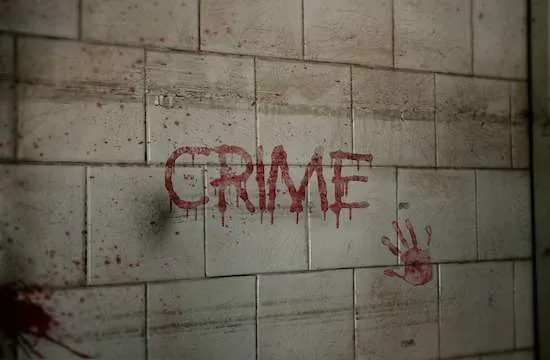1. The Rising Storm: Costa Rica’s Emerging Crisis
Once a beacon of tranquility, Costa Rica now finds itself grappling with a rising tide of violence and crime. A blend of drug trafficking, firearms, and unchecked migration is reshaping the once peaceful nation, mirroring a disturbing trend seen across Central and South America.
2. Ecuador’s Descent: A Cautionary Tale
The recent turmoil in Ecuador serves as a stark warning. Gang leaders breaking out of prison and armed assailants terrorizing a live TV broadcast highlight a spiraling descent into chaos. President Daniel Noboa’s declaration of an “internal armed conflict” underscores the severity of the crisis, marking a significant shift from Ecuador’s former stability.
3. The Cocaine Catalyst: Changing Trafficking Dynamics
The intensification of violence in countries like Ecuador can be traced back to the cocaine trade. As Colombian ports tightened security, traffickers sought new routes, with Ecuador emerging as a key transit point for shipments to Europe and Australia. This shift has transformed once-peaceful nations into hotbeds of narco-related violence.
4. Costa Rica’s Alarming Trend
Costa Rica, long celebrated for its safety and natural beauty, is not immune to this regional upheaval. Gang violence, fueled by drugs and guns, is encroaching on its territory, challenging its reputation as a safe haven.
5. A Region in Turmoil
The crisis is not confined to Ecuador or Costa Rica. Chile, once known for its stability, faces similar challenges. The spread of drug cartels and their violent turf wars is reshaping the social and political landscape of these nations.
6. The Ecuadorian Nightmare: A Wake-Up Call
Ecuador’s rapid transformation from a peaceful nation to a “narco state” serves as a wake-up call. The increase in homicide rates and the boldness of criminal gangs in executing high-profile attacks like the assassination of presidential candidate Fernando Villavicencio reveal the extent of the problem.
7. Responding to the Crisis
Governments across the region, including Costa Rica, must navigate this complex situation carefully. The approach taken by El Salvador’s President Nayib Bukele, involving aggressive crackdowns on gangs, has garnered both support and criticism. It raises questions about human rights and the effectiveness of such hardline strategies.
8. The Way Forward for Costa Rica
Costa Rica must chart its path in addressing this growing crisis. Balancing the need for strong law enforcement with respect for human rights and social justice will be crucial. The government’s response will set a precedent for dealing with crime and could shape the future of the nation.
9. A Regional Effort: Unity in the Face of Adversity
The crisis in Ecuador, and its echoes in Costa Rica, underscore the need for a concerted regional effort. Collaboration among neighboring countries will be essential in combating the spread of drug trafficking and gang violence.
10. Preserving Paradise: Costa Rica’s Uphill Battle
Costa Rica’s struggle to maintain its status as a peaceful, idyllic destination amidst regional turmoil is more crucial than ever. How it responds to this challenge will determine whether it can preserve its cherished image as a peaceful paradise in a region increasingly overshadowed by violence.


1 comment
[…] Source link […]